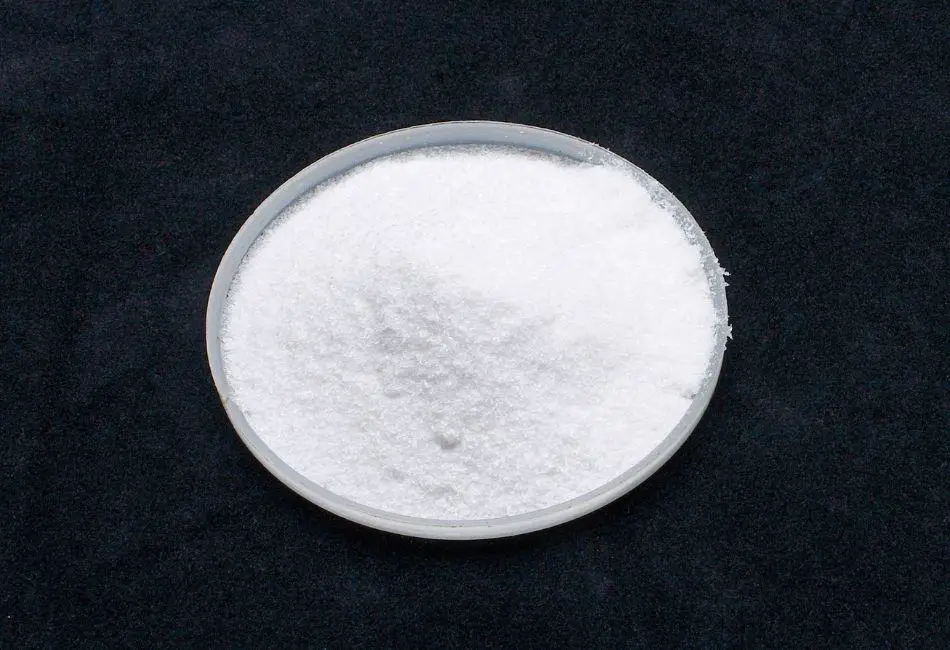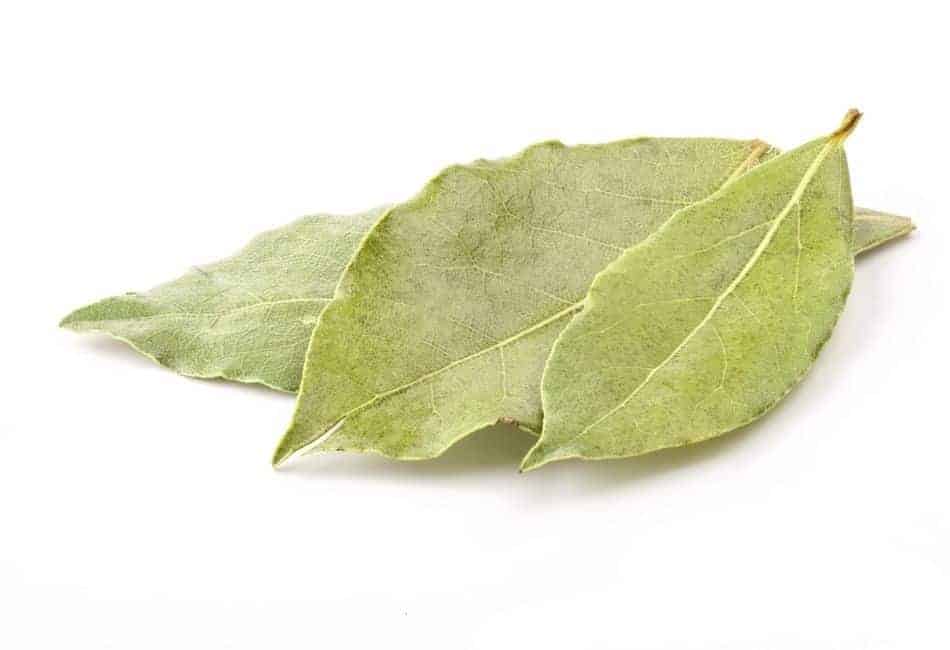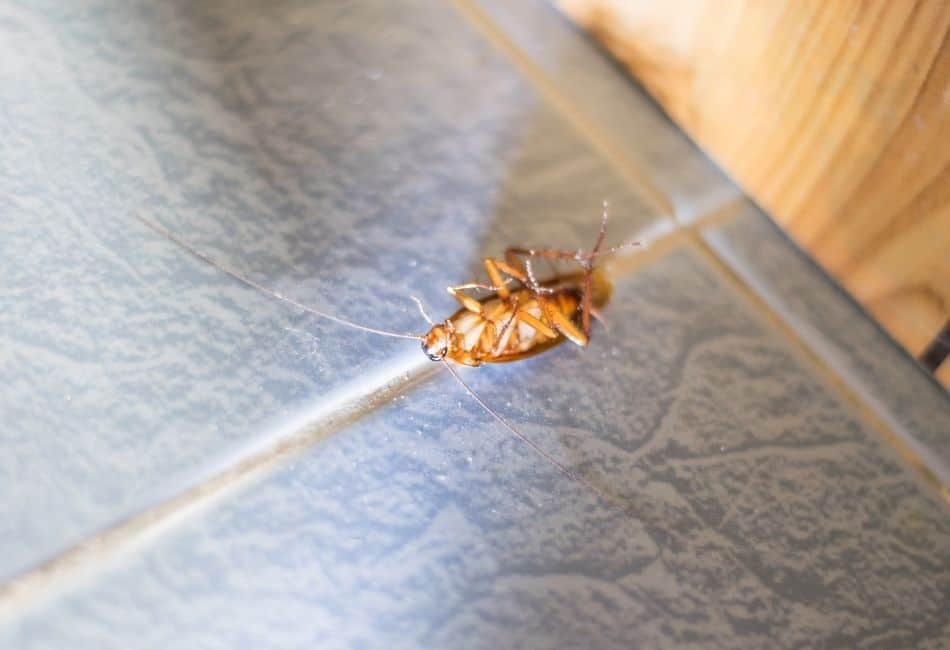Cockroaches are common pests that can be found in homes and businesses all over the world. Cockroaches in the kitchen are a common problem for homeowners and they’re especially fond of dark, warm places like kitchen cabinets. They are notorious for being difficult to get rid of and can cause extensive damage to your home, and they can also be a health hazard. Here’s what you need to know about cockroaches in kitchen cabinets, including the causes and how to get rid of them.
Why are There Cockroaches in my Kitchen Cabinet?
There are many reasons cockroaches might end up in your kitchen cabinets.
- One reason is that they’re looking for food. Cockroaches are scavengers and will eat just about anything, including garbage, food scraps, and even toothpaste. If there’s food in your kitchen cabinets, cockroaches will be attracted to it.
- Another reason cockroaches might be in your kitchen cabinets is that they’re looking for shelter. Cockroaches are attracted to dark, humid places, and kitchen cabinets provide the perfect environment for them to hide and breed.
- If you have a leak around your kitchen cabinet and it is causing the wood to rot, this can also attract cockroaches. Cockroaches are attracted to wood that is wet and decaying, so if your kitchen cabinets are in disrepair, cockroaches will be drawn to them.
- Cockroaches can also enter your home through cracks and crevices in the foundation or walls. Once they’re inside, they’ll start exploring and looking for food and shelter.
What Are the Risks of Cockroach Infestation in Kitchen Cabinets?
Cockroaches are more than just a nuisance, they can also be a health hazard which is why it is important to get rid of them as soon as possible. Dangers of having cockroaches in kitchen cabinets include:
- Cockroaches carry bacteria and can spread diseases like Salmonella, E. coli, and dysentery. They travel through sewers and garbage, picking up germs and bacteria along the way. When they travel through your kitchen cabinet, they leave traces of germs, urine, feces, and saliva behind, which contain harmful bacteria that can be transmitted to humans.
- Cockroaches contaminate food and surfaces. Cockroaches are attracted to food, and they will often crawl over surfaces in your kitchen and settle on your food. Their feces are full of disease-causing bacteria, and as they travel through sewers and rubbish, they pick up infections and other pollutants that are transferred to food and surfaces. This can contaminate food and surfaces which can cause food poisoning and severe illness.
- Cockroaches trigger allergies, asthma attacks, and other respiratory problems. Cockroach saliva, feces, and shed skin contain allergens that can trigger allergies and asthma attacks in sensitive people.
- In addition to being a health hazard, cockroaches can also cause extensive damage to your home. Cockroaches will eat just about anything, including wood, paper, and insulation. If they infest your kitchen cabinets, they can cause a lot of damage very quickly.
How to Get Rid of Cockroaches in Kitchen Cabinets
The best way to get rid of a major cockroach infestation is to call a professional pest control company that will be able to identify the problem and treat it accordingly.
In the meantime, there are some things you can do to get rid of cockroaches in your kitchen cabinets if you don’t have a full-blown infestation. These include:
- Using cockroach traps
- Using pesticide spray
- Using cockroach gel bait
- Using borax powder
- Using bay leaves
1. Using Cockroach Trap to Get Rid of Cockroaches in Kitchen Cabinets

One of the most effective ways to get rid of cockroaches is to use traps. The most common type of cockroach trap is the glue trap. These traps are coated with a sticky substance that cockroaches get stuck in. Once they’re stuck, they can’t escape and will eventually die.
The most important thing to remember when using any type of cockroach trap is to place them in strategic locations. Place them at locations where there are lots of cockroach activities going on.
2. Using Pesticide Spray to Get Rid of Cockroaches in Kitchen Cabinets

Another way to get rid of cockroaches is to use a pesticide spray. There are many different types of pesticide sprays available on the market, so it’s important to choose one that is effective against cockroaches. Many pesticides are toxic and can be dangerous to humans and pets if used incorrectly. Take extreme caution when spraying close to food sources to prevent contamination.
3. Using Cockroach Gel Bait to Get Rid of Cockroaches in Kitchen Cabinets

Gel baits are one of the most effective ways to get rid of cockroaches. Cockroach gel bait is a poison that is attractive to cockroaches. It is not an aerosol or powder so it doesn’t spread onto food items. It is all contained in a gel.
What happens is the cockroach consumes the gel, then returns to its nesting area where it’ll spread the gel and eventually die. As other cockroaches also feed on the dead cockroach, the poison is spread and eventually kills the entire population.
Apply the gel on several spots along baseboards and in cracks and crevices where cockroaches are likely to travel. A small spot will go a long way to do its work. Regularly check if the bait has been taken and replace it as needed.
4. Using Borax Powder to Get Rid of Cockroaches in Kitchen Cabinets

Borax powder is a popular household cleaning product and it is also a natural cockroach killer. It’s made from boric acid, which is a substance that is lethal to cockroaches. When they ingest it, it will kill them eventually. They may also take traces of the powder with them to their nests, which will help kill other cockroaches.
To use borax powder, simply sprinkle it in areas where you’ve seen cockroaches or around potential entry points. You can also make a DIY cockroach killer by mixing equal parts of borax powder and sugar. The sugar will attract the cockroaches and the borax will kill them.
Be sure to keep borax powder away from food sources, children, and pets as it can be harmful if ingested.
5. Using Bay Leaves to Get Rid of Cockroaches in Kitchen Cabinets

Bay leaves are a natural repellant for insects and bugs and they do a good job at repelling cockroaches. It is important to note that this method doesn’t kill the cockroaches. Cockroaches hate the smell of bay leaves, so they will avoid areas where there are a lot of them.
Simply place them inside the kitchen cabinets to help keep cockroaches out. Be sure to replace the bay leaves every few weeks as they lose their potency over time.
Prevention Tips for Keeping Cockroaches Out of Your Kitchen Cabinets
Don’t wait until cockroaches have infested your kitchen cabinets to take action. By taking preventative measures, you can avoid an infestation altogether. Here are 5 tips for preventing cockroaches out of your kitchen cabinets.
1. Clean Up Any Food or Water Sources.
Cockroaches are attracted to food, so the first step is to remove any food sources that might be attracting them. Clean up any spills and crumbs, and store food in tightly sealed containers. Also don’t leave pet food bowls out overnight.
2. Eliminate Hiding Places.
The next step is to eliminate hiding places for cockroaches. Remove clutter from your kitchen cabinets and keep them clean and tidy.
3. Fix Any Leaks.
If there are any leaks around your kitchen cabinets, fix them as soon as possible. Cockroaches are attracted to wet, decaying wood, so it’s important to repair any water damage to prevent them from coming back.
4. Seal Up Cracks and Crevices.
Take a look around your kitchen cabinets and seal up any cracks or crevices that you see. This will help prevent cockroaches from getting inside in the first place.
5. Cover and Take Out the Trash Daily
Be sure to take out the trash every day and seal up any garbage bags tightly. Cockroaches are attracted to food waste, so it’s important to keep your kitchen clean and free of garbage.
Final Words
Cockroaches adore your kitchen cabinet, and this is bad news for homeowners. Luckily, you can prevent them from inhabiting your kitchen cabinet by following these tips.
If you are battling cockroach infestation, trying any of the techniques described above once will not be effective in eliminating them. Do it consistently to get rid of them totally and stop them from coming back.
Additional Resource
What are the Signs of A Cockroach Infestation?
Cockroaches usually hide during the day and come out at night to forage for food. If you see them during the day, it’s a good indication that there’s an infestation. Other signs of a cockroach infestation include:
- Cockroach droppings: Cockroaches are not the cleanest of creatures and will leave behind droppings wherever they go. These droppings can be found in areas where cockroaches have been foraging for food.
- Egg casings: Cockroaches lay their eggs in small egg casings that can be found in dark, hidden areas.
- Smear marks: Cockroaches tend to travel along the same routes and will leave behind brown, irregular smear marks as they go. These smear marks can be found on walls, floors, and in areas where cockroaches have been active.
- Musty or sweet odor: Cockroaches release pheromones to attract other cockroaches. This can leave behind a musty or sweet odor in areas where there is a large infestation.
- Skin shedding: Cockroaches will periodically shed their skin as they grow. These shed skins can be found in areas where cockroaches have been active.
How Fast Do Cockroaches Multiply?
Cockroaches can multiply quickly, with a single female cockroach able to produce up to 16 to 60 eggs at a time. The eggs are laid in small egg casings that are typically found in dark, hidden areas. Once the eggs hatch, the young cockroaches will mature quickly and begin reproducing themselves.

